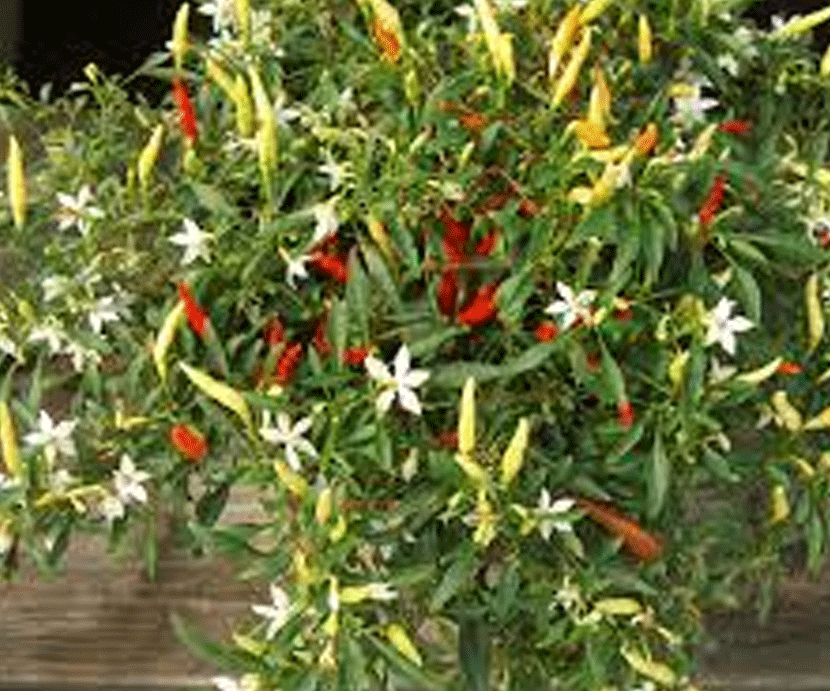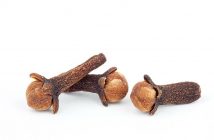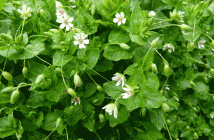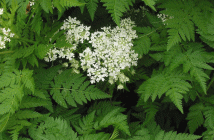 A perennial in the American tropics where it is native, cayenne pepper (Capsicum annuum) is an annual when cultivated elsewhere. It is one of many capsicum varieties ( often used interchangeably), including paprika, red pepper, Tabasco, chili, pi-mentor, and sweet pepper. Reaching three or more feet in height, its glamorous stem is woody at the bottom and branched near the top and sustains ovate to Lancelot leaves. The drooping, white to yellow flowers-which grow alone or in pairs of three during April to Sep-tember-give rise to a many-seeded, yellow to red pod (the ripe fruit, or pepper).
A perennial in the American tropics where it is native, cayenne pepper (Capsicum annuum) is an annual when cultivated elsewhere. It is one of many capsicum varieties ( often used interchangeably), including paprika, red pepper, Tabasco, chili, pi-mentor, and sweet pepper. Reaching three or more feet in height, its glamorous stem is woody at the bottom and branched near the top and sustains ovate to Lancelot leaves. The drooping, white to yellow flowers-which grow alone or in pairs of three during April to Sep-tember-give rise to a many-seeded, yellow to red pod (the ripe fruit, or pepper).
Although historically associated with the exploration of the New World, cayenne pepper has been consumed by humans at least as far back as 7500 B.C. It was first discovered by Europeans in what is now French Guiana on one of several voyages to America by Columbus. West Indian natives used it primarily to season meats. During early colonial times in Jamaica, red pepper juice was placed in the eyes of slaves to punish misdemeanors. It was mixed with honey and lentils to remove facial spots. It was also utilized as a stimulant for sluggish digestive systems and to treat sore throats, malaria, colic, and alcoholism.
Captain has been identified as the compound that endows chili peppers with their distinctive fiery properties. The widely used Official Chili Pepper Heat Scale, which utilizes a 0-10 rating scale, gives Cayenne (along with Tabascos) an eight, hotter than Jalapenos (five) but behind the Scotch Bonnet and Handbarrow (both ten).
Captain has been shown to lower the body’s temperature. This is accomplished by stimulating, then desensitizing, the warmth detectors in the hypothalamus gland. In order to tolerate heat, natives in hot climates in Latin America and Africa consume chili peppers in large quantities.
European studies in the 1980s concluded that consuming cayenne pepper boosts vitamin C levels as well as speeding up the body’s metabolism. It appears that captain “resets” individual “fat thermostats,” causing the body to burn more fat through chemical combustion instead of storing it in muscle tissue. Members of the chili pepper family contain much more vitamin C per unit weight than citrus fruit. Because they prevented scurvy (a vitamin C deficiency disease once prevalent on ships), Spanish sailors brought along pickled peppers during voyages from the sixteenth century onward. Today, Super C, produced by Old Amish Herbs, utilizes cayenne to enhance the effectiveness of vitamin C.
Jewish grandmothers living in Brooklyn, New York, have been known to push hot chicken soup laced with cayenne pepper and chopped garlic clove as the most effective means of fighting cold and flu symptoms. Often referred to as “Jewish penicillin,” it is frequently advocated over antibiotics by physicians.



